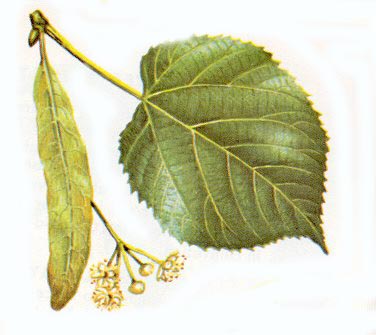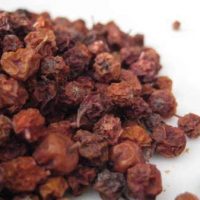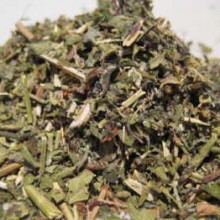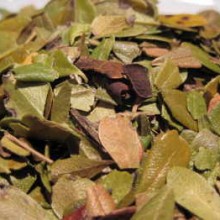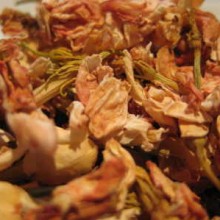Lime Leaf and Flower (Tilia europea and not to be confused with the citrus fruit) from the tree is found growing naturally in Europe and Great Britain. The plant develops flower stalks with each bearing about 3 to 6 yellowish white flowers with 5 petals. They should be harvested immediately after flowering in midsummer. The leaves of this tree are heart-shaped with a pale grey colour underneath.
It is also known as Tilia, Lime Tree and Linden Tree and in China as Mei Chi Duàn
Medicinal Uses of Lime Leaf and Flower:-
Regardless of the species and since time immemorial, the fragrant and deliciously tasty flowers have been used medicinally as a calming agent and to relieve persistant indigestion, the common cold, and griping or colicky pain in the abdomen. It’s therapeutic actions are antispasmodic, diaphoretic, diuretic, hypotensive and nervine.
Clinical trials have shown that Lime Leaf and Flower tea can help people with mild gallbladder problems (but not gallstones), upset stomach or dyspepsia, and excessive gas that causes the stomach to push up and put pressure on the heart (also known as the gastrocardiac syndrome).
The herb is commonly used to calm the nerves and relax the body. In Mexico, the flowers and leaves are often mixed with orange blossoms and fresh or dried fennel to make an herbal tea blend popularly sold in all the local markets.
It is used to reduce blood pressure by dilating blood vessels. It has a sedative and muscle relaxant effect making it useful for migraine, hysteria and other nervous tension problems. It has a diaphoretic (promotes sweating) effect and is useful for people who are suffering from a cold with a fever.
Bees are highly attracted to the extremely fragrant, minute flowers and produce a delicious honey as aresult on theor feedig off the nectar from this tree.

